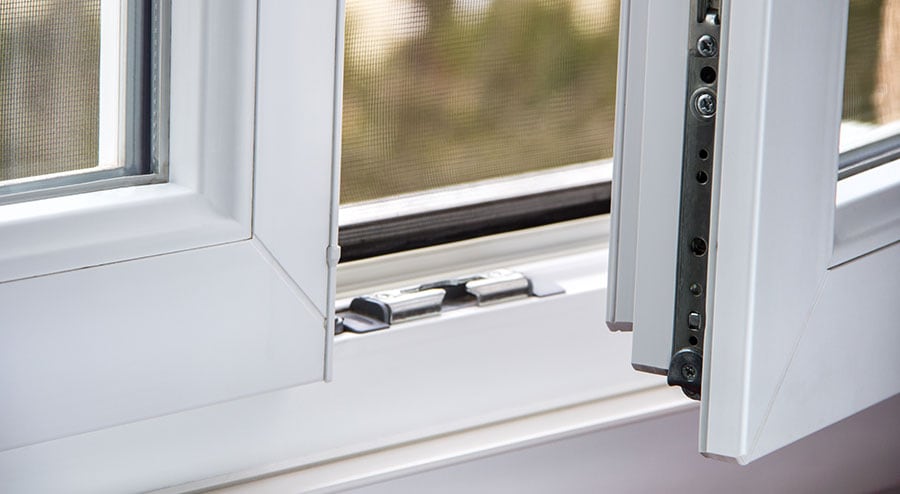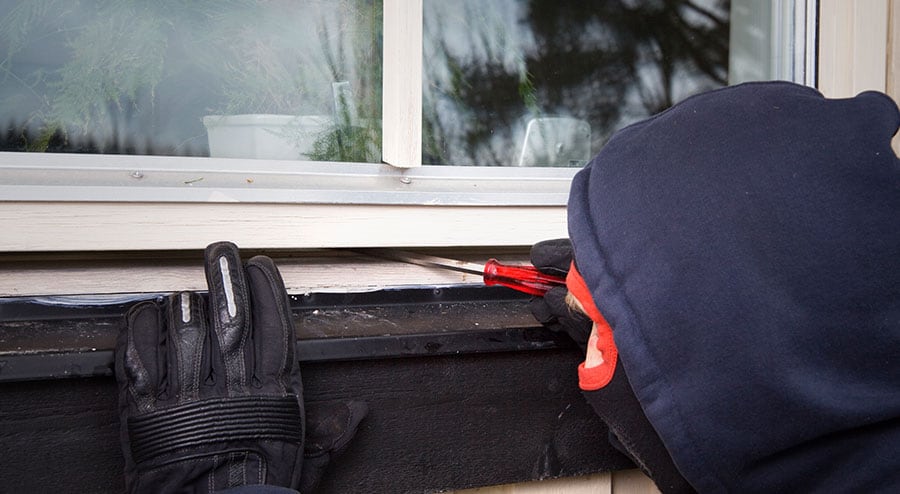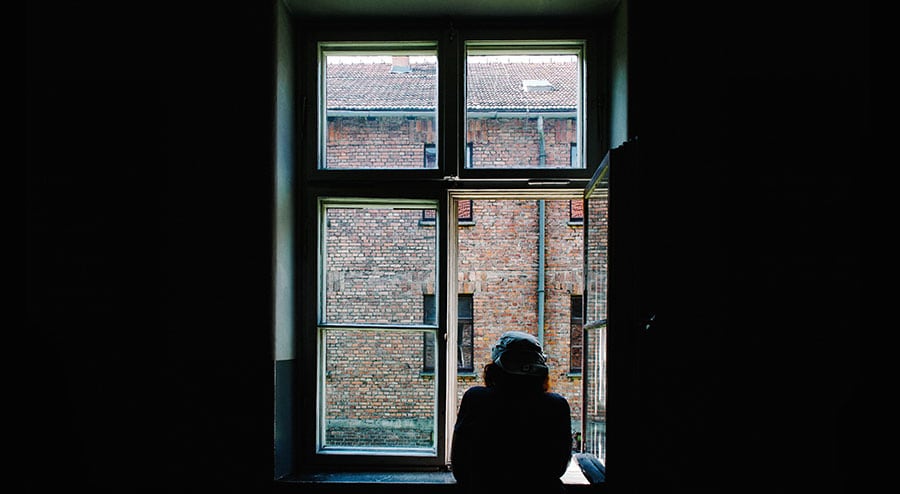According to SafeKids, 3,300 children under the age of five sustain significant injuries each year due to falls from windows, and an additional eight young children lose their lives. While your windows may make your home more livable, the safety issues surrounding windows demand that parents and homeowners educate themselves about the risks they pose and the best way to eliminate those risks.
Practicing Safety First: Windows in Your Home

As mentioned, windows do create the possibility of falls. You can, however, ensure the safety of children (and others) in your home by taking a few simple steps.
- Do not count on a screen to keep you safe. A screen is meant only to keep insects out. It will not keep human beings or pets in.
- Don’t accidentally give children a boost. Move furniture such as cribs, beds, dressers, and chairs away from second-story windows, as children who climb on these items could easily reach the sill and fall out.
- Install window guards on all second-story windows. Window guards are user-installable window barriers that offer protection from falls while still allowing ventilation.
- Install double-hung windows. These windows open from the top to allow ventilation while the more easily accessible bottom window stays closed.
While falls are one hazard posed by windows, especially on the upper levels of homes, strangulation is also a significant risk, because window treatments that involve blinds operated by cords make choking a possibility. The Consumer Product Safety Commission reports that on average, one child dies from strangulation due to window cords every two weeks, with most of the deaths occurring in children under the age of three. Parents and caregivers should take steps to prevent this tragedy by replacing corded mini-blinds with traditional roll shades or trimming the cord loop and placing safety tassels on the ends.
Home Burglary: A Window for Entry

Windows allow more than light and air to enter our homes. For potential burglars, a window is a possible point of entry. Up to 30 percent of home burglars enter a home through an unlocked window or door, and one much-cited statistic suggests that almost a quarter of burglars gain access through a first-floor window. To put a stop to a burglar’s plans:
- Keep all windows and doors locked. Burglars are looking for quick, easy entry and will move on if the home is not easily accessible.
- Install motion-sensitive security on your windows and around the home to alert you of any intrusion.
- Keep the home and its perimeter well-lit.
- Trim any overgrown bushes or shrubbery located near your home’s doors or windows. Thieves use these for cover as they gain entry to the home. You can also consider planting low, thorny bushes around your first floor to physically deter burglars, or running a border of gravel around your house—the potential to make noise as they cross the gravel can deter some burglars as well.
If you live in an area prone to crime, you may wish to take additional steps to protect your home from unwanted entry. Security guards on lower level windows can provide extra peace of mind.
Windows: A Lifesaver in an Emergency

Fortunately, the news about windows isn’t all negative. In the case of an emergency, windows can offer you and your family a safe exit from your home. The National Fire Protection Association recommends the following steps to handle a fire emergency:
- Create a fire escape plan and practice it frequently with your family. Young children tend to hide when a fire breaks out. Establishing a safe place to meet away from the home, and practicing the escape plan often will help children know what to do in case of an emergency.
- Make sure that windows and doors are easily accessible. They should not be painted or nailed shut.
- Do not install window air conditioning units in windows that may be needed for escape.
- If you have security devices such as window guards, make sure that the emergency release is operable. Fix the release, or replace the guard if necessary.
- For homes with a second story, place safety-approved window ladders under each bed. Practice with children to make sure they can operate them in an emergency.
- For homes with basements, make sure that basement windows meet building codes for safe egress during an emergency.
- Having a fire safety plan in place can make the difference between life and death in an emergency. Review this plan with your family and guests periodically and update it as necessary.
The National Safety Council along with the Consumer Product Safety Council, SafeKids Worldwide, and the International Code Council, has designated the first full week in April as Window Safety Week. Their goal is to raise awareness about window safety issues encouraging families to increase window safety in the homes to prevent injuries and create safe emergency escape routes. But you don’t have to wait until April to make sure that your windows work for your safety, rather than against it.

